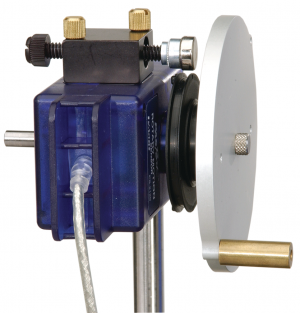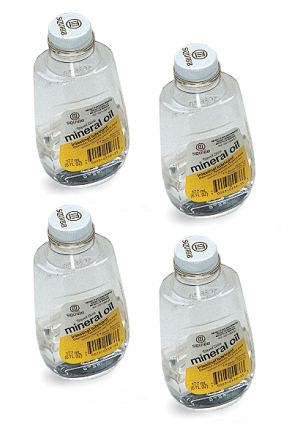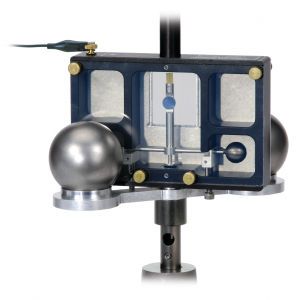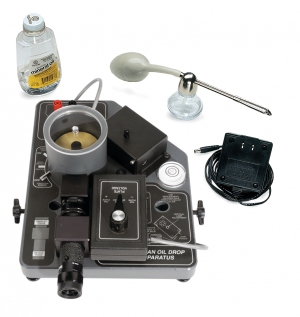Product Details
Polaroid Analyser
The Polaroid analyser gives a convenient method for analysing polarisation of light and stress in suitable materials.
Description
Normal daylight, or light from filament lamps, is usually unpolarized. This means that the light waves are oscillating in all planes. Under certain circumstances the oscillations in some planes can be removed or rotated and then the light is said to be polarised. Light from a deep blue sky or reflected light is usually like this.
Polaroid sheet acts like a “grid” and allows only light waves oscillating in one plane to pass through. If another polaroid sheet is placed in front of the first, and aligned in the same direction, the polarised light from the first will pass through the second since the waves are in the correct plane. If the second polaroid is rotated through 90o none of the waves will be able to pass and little light is transmitted. This system is known as “crossed polarisers” and is used in this apparatus.
Some materials have the property of rotating the plane of polarisation of light and when placed between the crossed polarisers allow some of the light to pass. Furthermore, stresses in the material change the amount of rotation and this change is also dependent upon the wavelength of the light. Coloured patterns are therefore produced which give information about the stresses in the material.
https://lascells.com/product/polaroid-analyser/
How do you visualise invisible stresses in everyday objects? In this demonstration, we explore how the visible spectrum of light can be manipulated using polaroid films. We also use our Polaroid Analyser to reveal hidden stresses within transparent materials. By polarising light and observing how it interacts with different objects, you’ll see first hand how stresses and strains inside a material become visible.







